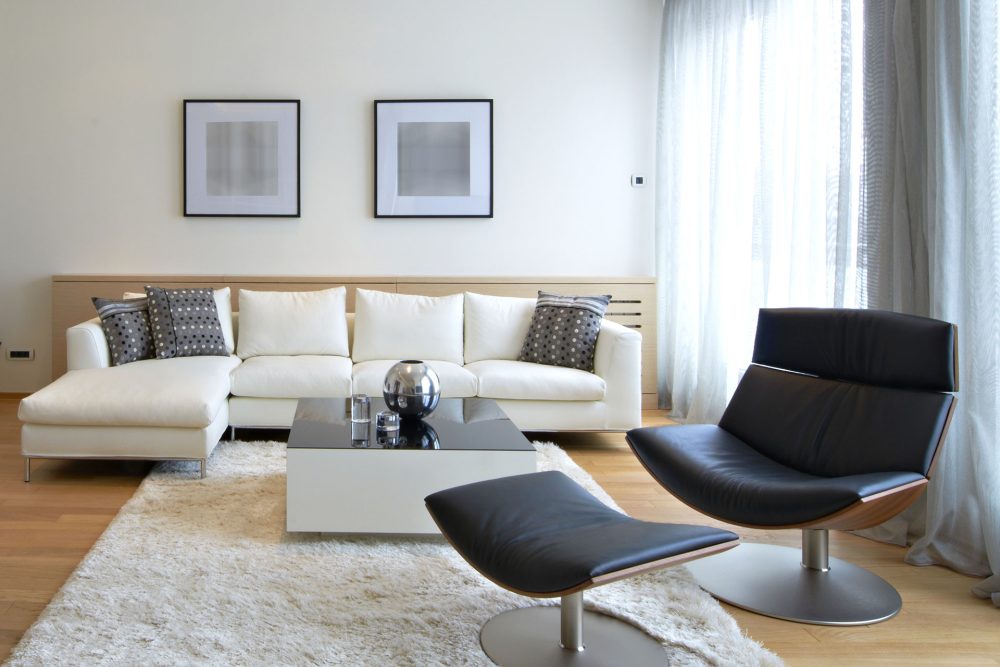Lighting: what’s next

After the dramatic slump of the lighting fixtures market worldwide (approximately less 10% according to Csil data on 60 countries), a recovery of at least 5%-6% of the worldwide market can be predicted, yearly, for the 2010-2012 period. It is unclear if the developing of the new technologies (LED, today probably some 5% of the world market, OLED, just moving its early steps) will bring only a revolution in market shares and distribution channels, or if they will bring also a major overall growth.
Recovery in Europe is clear since March 2010, according to Csil processing of trade data. After a strong contraction of consumption of lighting fixtures during 2009 (respectively, for EU16 countries and Central Eastern European Countries, -9.8% and -29%), consumption in Europe is expected to recover already starting from 2010 (EU16: +3.8%, CEE countries +6.1%) and to confirm a positive trend also in 2011.
Outside of Europe, 2009 witnessed a massive decline (-13%). Recovery is predicted starting from 2010, with several countries (India, Russia, Saudi Arabia) recording double digit increases in their lighting consumption levels.
Demand for lighting fixtures in the United States is expected to grow five percent per annum. After adjusting for the effects of inflation, this pace represents a rebound from the slight dip in lighting fixture demand that occurred between 2004 and 2009. Going forward, the fastest gains are expected to be generated by the motor vehicle and residential markets. In both of these markets, a recovery in activity from depressed 2009 levels will spur lighting fixtures to double-digit annual gains. Growth of US lighting fixture shipments will lag demand over the forecast period, as the majority of additional demand is expected to be supplied by overseas manufacturers, especially those in China and Mexico. Starting from early 2010 the most important lighting manufacturers experienced recovery in revenues. Especially domestic lighting products seems to perform better than architectural and industrial products. The majority of this growth will be concentrated in new single-family applications, as housing completions recover from their depressed 2009 level. Despite this, growth will remain weak. Despite the strong growth forecast, residential demand for lighting fixtures in 2014 will remain below its 2006 level, when housing construction peaked.
The Japanese residential lighting registered weak performance in 2009 mainly due to the fall of real estate market. According to the official statistics number of dwelling units built decreased by -28% and floor areas by -25%. Real estate market in the first 6 months of 2010 improved as new dwellings units starts recorded -3.8% while floor area remained unchanged to the same period of 2009. According to stat.go.jp, Value of Construction Orders Received for “dwellings” during the first 6 months of 2010 increased by 33% and this might prospect a more sustained recovery in 2011/2012 when new ordered dwellings will be completed. Generally considered the situation still seems weak and residential lighting performance might record a certain level of stabilization at around (0%/+2%) in 2010. Certain improvement in residential lighting might be prospected for 2011 (+5%/+7%). As first indicators of real estate seems to be positive.
In Russia, but not merely, it is registered a different trend for professional lighting (dramatic decrease for 2009) and residential (pretty stable market). The technological transformation process from conventional lighting to LED could lead t the entry of new competitors and also accelerate the consolidation of the luminaire market.
This transformation process requires higher research and development expenditure from the individual luminaire producers and leads to increasing product and system complexity as well as shorter product lifecycles. Larger luminaires companies with direct customers contact and electronic know how have an advantage in this changing environment.
The technological transformation process from conventional lighting to LED could lead t the entry of new competitors and also accelerate the consolidation of the luminaire market.
This transformation process requires higher research and development expenditure from the individual luminaire producers and leads to increasing product and system complexity as well as shorter product lifecycles. Larger luminaires companies with direct customers contact and electronic know how have an advantage in this changing environment.
LED “state of the art” and development
LED is today the 5% of the market and it could reach 30% within 2020. Today is now clear that it is not enough to declare that “LED lives 50,000 hours…“. Companies need to build light engines (“the new bulbs”, Zumtobel is going to do it).
In the short run (within 5 years), the “real business” for LED will be represented by the retrofit lamp. They are promoted from the traditional manufacturers of bulbs, like Osram or Philips, as they allow the possibility to change a LED engine over the traditional E27 socket, or any way to replace the “traditional lamp” with a LED lamp.But new “lighting designs” are over the corner.
Zhaga Consortium
In order to promote new market standards, the Zhaga Consortium (since early 2010) is born. It include almost all the “first class” architectural lighting fixtures companies in Europe. Roughly 60 subscribers today. The scope of Zhaga is promoting industrial standardization of the following four interfaces: mechanical (size, position of screw), photo-metrics (same kind of light/colour), electrical, thermic (this last probably the most important standardization).
It is important to establish good quality standard in the market, otherwise (a veteran of this sector says) “as it happened sometimes with compact fluorescent lamps) the “bad products” will destroy the end user’s confidence“.